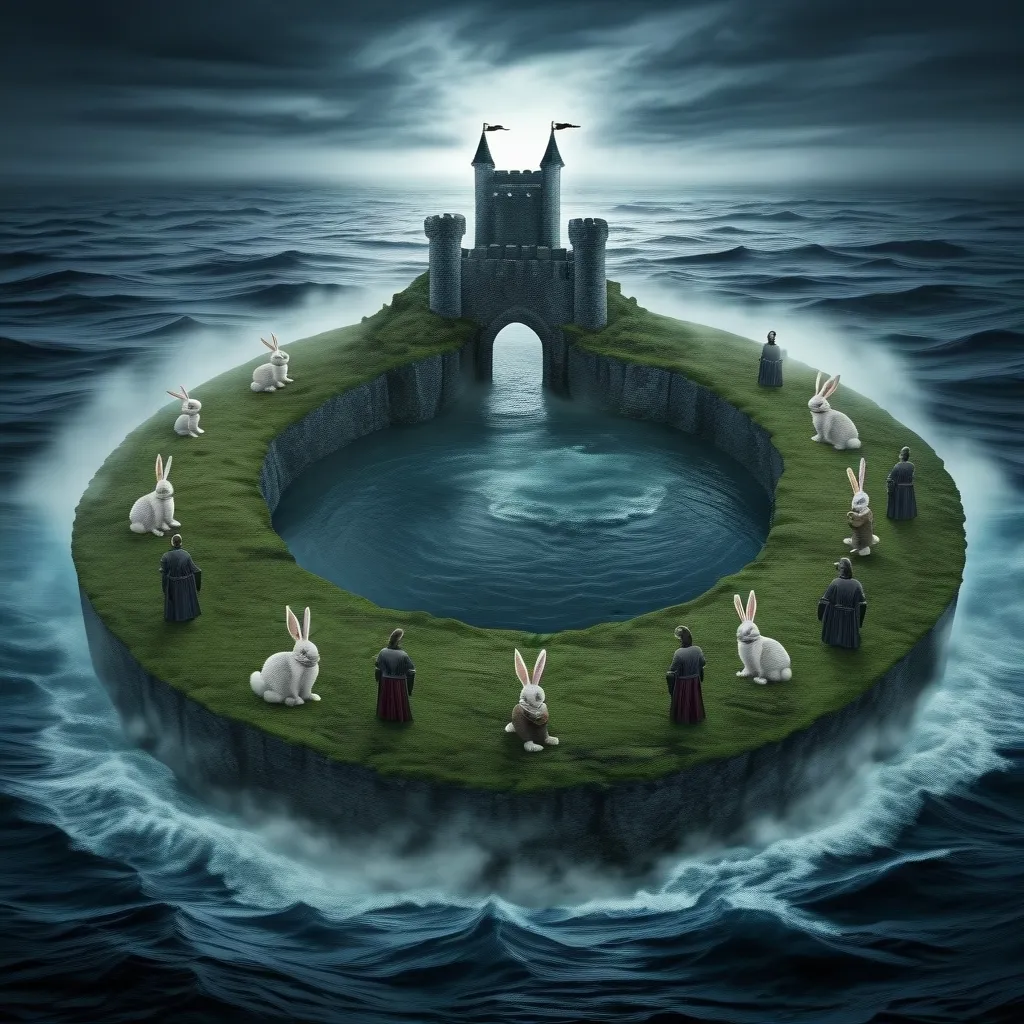In April 2006, a young man in Kiev, Ukraine was seen staring at a high-rise apartment building, looking lost and anxious. He approached two police officers, nervously asking for directions to a place that did not exist. When they checked his ID, they found two odd things: his documents were issued by the Soviet Union, which no longer existed, and his birthdate showed he was born in 1932, which made him 74, yet he looked to be in his early 20s.
The man’s name was Sergey Panamerenko. This story was told in a Russian documentary called “The Time Traveler.” Witnesses saw Sergey standing at an intersection in Kiev, confused and scared. His clothes were old-fashioned but brand new. He was searching for a street that didn’t exist. This strange behavior caught the attention of police officers, who noticed his antique camera and peculiar ID. They thought he was out of his mind and took him to a psychiatric clinic.
At the clinic, Sergey seemed even more confused and anxious. He was particularly fascinated by modern technology like mobile phones. The police found a photograph in his belongings showing landmarks in Kiev, including a statue and a skyline that didn’t match the current cityscape. The message on the back of the photo was addressed to someone named Valentina.
The concept of time travel has been popular in science fiction for centuries, from early works like “The Year 2440” by Louis-Sébastien Mercier to “The Time Machine” by H.G. Wells. But is time travel really possible? Einstein’s theories suggest it might be. His special theory of relativity shows that moving clocks tick more slowly than stationary ones. So, if you travel fast enough, you could experience time differently—a kind of time travel into the future.
Experiments have proven this by showing that clocks on planes move more slowly than those on Earth. General relativity, another of Einstein’s contributions, explains that higher gravity slows down time, a concept known as gravitational time dilation. We’ve seen this illustrated in movies like “Interstellar” where time on a high-gravity planet moves slower than on Earth.
As for traveling back in time, it’s more theoretical and controversial. Einstein’s theories say it could be possible by bending space-time to create shortcuts, allowing movement faster than light. But this would require immense energy, possibly all the energy from an exploding star. Our current technology can’t achieve this, but perhaps an advanced civilization could.
So, did Sergey Panamerenko slip through a wormhole when he spotted a UFO, ending up in our time? While the documentary captured imaginations, it’s essential to note discrepancies. Details in the documentary suggested it might be staged: inconsistent dates and times, and digitally altered photographs.
Despite its hoax elements, Sergey’s story is compelling and plays on our fascination with time travel— one of the few aspects of existence that remains beyond our control. Time travel stories captivate us because they make us think about our future and past, dwelling on possibilities and regrets.
Lastly, here’s a piece of wisdom: your future self will inevitably think back to your current decisions. Be kind to your future self by making bold choices now, being kind, and not sweating the small stuff. Time is limited, so live without regrets.
Thank you for hanging out with us today. If you enjoyed this, consider subscribing and sharing. Until next time, be safe, be kind, and know that you are appreciated.






